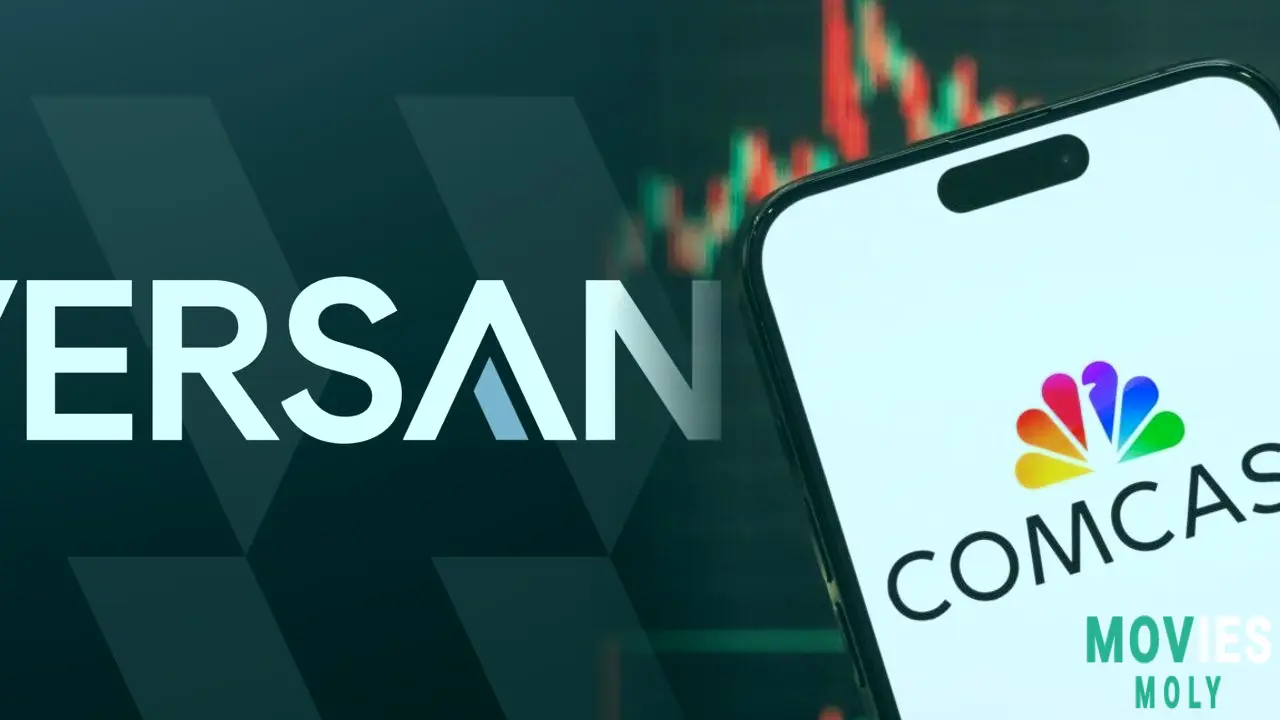You’ve probably heard the whispers—and sometimes the outright speculation—about Comcast and Spectrum maybe teaming up. It’s been a hot topic among industry insiders for a while now, especially as cable companies try to stay relevant with streaming giants snapping at their heels. Whether you’re a cord-cutter, a loyal cable subscriber, or just someone watching the scene unfold, understanding this possible mega merger is worth your while.
What’s Fueling Talk About a Massive Comcast and Spectrum Merger Even After Cox and Spectrum Just Rolled Up Together?Last year saw one of the biggest cable deals in recent memory: Charter Communications, which owns Spectrum, joining forces with Cox Communications to create a giant that stretches across 46 states and reaches nearly 70 million homes. That opened some eyes because, at first glance, it looked like the big merger door between Spectrum and Comcast had closed.
But things aren’t always that tidy in cable land. Both Comcast and Spectrum have been feeling the pressure on their traditional pay-TV business as customers ditch cable boxes for streaming apps and mobile options. Combo deals like the Cox-Spectrum union make sense in this context—it’s about pooling resources to upgrade networks, expand fiber services, and streamline operations to fight back against rival telecoms and online powerhouses.
So while the Cox-Spectrum combo complicates mergers, it doesn’t entirely shut the door on Comcast and Spectrum joining forces. Their existing partnerships, like the Xumo streaming platform co-owned by Comcast and Charter, show there’s operational compatibility that could smooth the way for bigger moves in the future.
How Would A Comcast and Spectrum Merger Change The Cable Industry, And What Could It Mean For Your TV And Internet?

Picture two of the biggest players in cable merging to form an even bigger giant. The immediate assumption is that customers might get squeezed with higher prices and fewer choices, and that’s a serious concern. But it’s not the whole story.
On the plus side, combined resources could speed up network improvements—think faster broadband, better streaming hardware, and more impressive bundles that mix TV, internet, and mobile plans. With competition coming from fiber providers, wireless carriers like Verizon, and tech behemoths edging into connectivity, Comcast and Spectrum could use joint muscle to build more resilient networks and more flexible offerings.
However, less competition in local markets might mean fewer alternatives for some customers, which often drives prices up and service quality down. Regulators will likely scrutinize any big cable marriage closely to prevent monopolies, but no one doubts the intense market pressure pushing these companies to think big.
Why Cable Industry Consolidation Seems Almost Inevitable As Streaming Services Keep Eating Away At Traditional TV Viewership

Let’s face it: The cable industry isn’t the growth powerhouse it once was. Pay-TV subscriptions have been falling for years, and cord-cutting is accelerating, especially among younger viewers. Streaming platforms like Netflix, Disney+, and Apple TV+ offer so much content on demand, often at prices that beat cable bills, and they don’t require clunky boxes or installation appointments.
On top of that, wireless alternatives and fiber broadband have upped the stakes. Comcast itself admitted recently it’s been losing broadband customers and acknowledged pricing transparency and ease of doing business are sticking points. They’re trying to fix that with new pricing guarantees and simpler plans, but it highlights just how challenging the market has become.
So, the cable companies’ answer? Consolidate to reduce costs, pour more into network upgrades like DOCSIS 4.0 and fiber expansion, and develop new streaming or bundled products to keep customers hooked. Merging is a shortcut to larger scale and financial muscle, enabling them to take on tech giants encroaching on traditional turf.
What Could Comcast’s Current Challenges And Streaming Partnerships Tell Us About Its Future Moves?

Comcast is juggling a lot right now. It reported loss of broadband and video customers but is hitting record revenue per subscriber. To stay competitive, it’s taken a step back to simplify pricing and boost customer value with a five-year price lock on new broadband plans, bundled mobile service, and a renewed push into streaming via platforms like Peacock and Xumo.
Plus, Comcast is shaking up its media holdings by spinning off its cable networks portfolio into a new publicly traded company called Versant. This move shows a shift toward sharpening core business areas and giving separate divisions more freedom to pursue growth in a changing market. It’s a clear sign the company is thinking hard about the future and searching for flexibility, especially as media habits keep evolving.
Outside The Numbers: How Comcast’s History With Sky And Content Deals Shapes What Could Happen Next
Remember when Comcast acquired Sky for a whopping £31 billion? That was a high-stakes bet on expanding its international reach and content power. Still, the results have been mixed. Sky’s value dropped significantly, partly because content deals are shifting, with studios like Warner Bros Discovery moving their big shows to their own streaming platforms.
That experience signals the risks Comcast faces. Content exclusivity drives subscriptions, and losing it can weaken ties with customers. It also hints that any mega merger will have to factor in content strategy, not just infrastructure. Streaming’s dominance means that cable giants need a more agile, consumer-friendly approach—something mergers alone won’t guarantee.
What About The Customer Experience? Why Some Comcast Moves Have People Raising An Eyebrow And Calling For Change
Here’s where Comcast faces its toughest test—customer trust. From confusing bill hikes to unannounced service changes, some folks aren’t thrilled. One community in Sebastian, Florida, recently reported Comcast showing up unannounced to dig in their yards, confusing and frustrating homeowners who already rely on fiber from other providers.
The cable giant’s customer support—outsourced globally and often hard to reach—compounds those frustrations. Comcast executives admit they’re behind in meeting customer expectations on transparency and service, but they’re promising change. The proof, as always, will be in how quickly and effectively those promises turn into real improvements.
What Could This Mean For You As A Cable Or Broadband Customer In The Coming Years?If a Comcast-Spectrum mega merger happens down the line, expect both advancements and challenges. You might see newer, better broadband connections, smarter streaming options, and more mobile integration. But your options might shrink in some markets, and bills could creep upward if competition drops.
Long term, the biggest winners will be companies that embrace flexibility, transparency, and value. Tech giants like Amazon and Google are watching the space closely, and their entry could shake things up even more. So, keeping tabs on developments, comparing your service options, and advocating for fair pricing will help you navigate whatever Comcast and Spectrum cook up.
Wrapping It Up: Why Watching Comcast and Spectrum’s Next Moves Is More Important Than EverThe cable world is in the middle of serious transformation, and rumors about a Comcast-Spectrum merger capture more than just industry gossip. They highlight how tough it is to survive and thrive amid a streaming revolution and fierce broadband battles. Whether or not the merger happens soon, the pressure on these giants guarantees changes that will touch our screens and wallets.
For consumers and analysts alike, it’s a moment to watch closely. The stakes are high, and the decisions made by Comcast and Spectrum in the next few years could set the course of the cable industry for decades.






